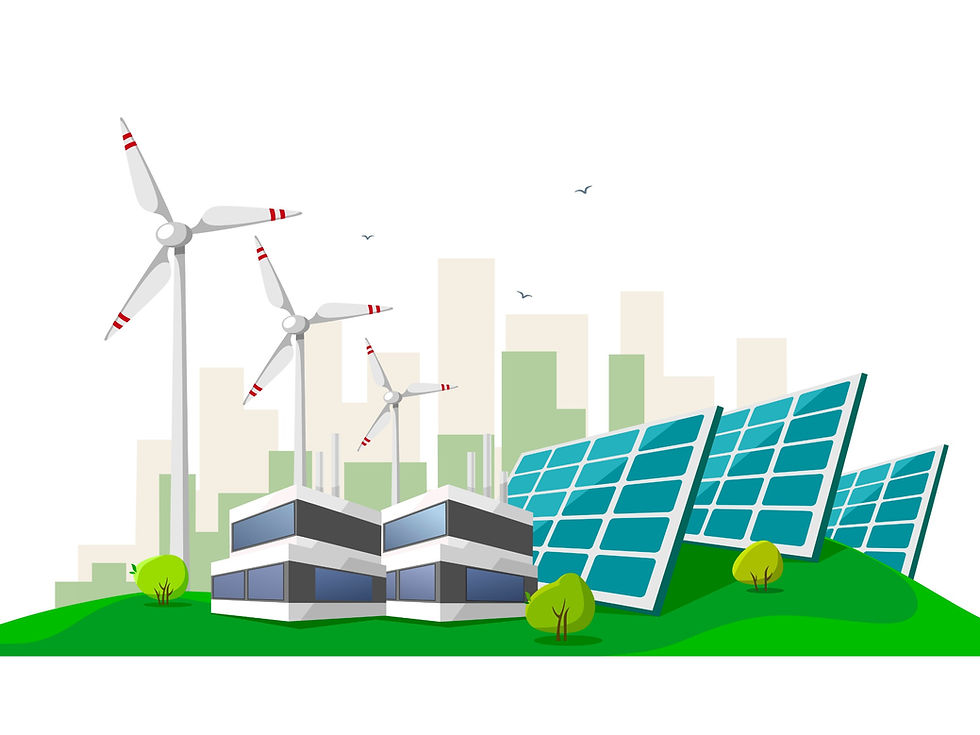September 2019 Newsletter
- comm360
- Sep 4, 2019
- 3 min read
Get our newsletter sent straight to your inbox. Subscribe here.
Happy September! We are excited to announce the details of our upcoming energy efficiency offering. Learn more about the importance of energy efficiency in income eligible communities below and check out the rest of our website for more information on smart energy solutions.

Why Income Eligible Communities Need Energy Efficiency
Until recently, energy efficiency was not a viable solution to helping income eligible individuals and communities cut spending. Federal and utility scale energy efficiency programs have shifted their focus to emphasize income eligible areas by providing the personalized incentives and resources they need to succeed. The importance of energy efficiency not only reduces energy costs but increases building safety and boosts economic development. Energy efficiency is more than just a matter of shaving off a few extra dollars a month, it allows communities to retain more of their annual budget and allocate funds to be used for other essentials such as education and enriching public resources.
The ratio of income to energy expenses, also known as the energy burden, hits income eligible communities harder than the average American. These communities oftentimes pay three times more than the average customer and need reliable access to energy efficiency programs if they want to lower utility and maintenance costs. Buildings located in these areas are generally older and have not undergone recent renovations, meaning they were likely built before energy performance standards existed. This suggests that building systems such as insulation, lighting, and HVAC are not providing adequate lighting and air quality.
While energy efficiency is a great way to reduce annual energy costs and ultimately lower the energy burden, income eligible communities often do not have the funds to meet the upfront costs of a lighting upgrade or HVAC retrofit. Utility scale programs are working to cut upfront costs by offering free equipment, highly incentivized services, and energy assessments that identify low/no cost energy saving measures with studies such as retro-commissioning. Retro-commissioning is one of the most cost-effective options for energy efficiency because it looks for low to no cost operational opportunities that have a simple payback period of less than two years. Energy efficiency works to lower energy costs, reduce the community’s environmental impact, improve the community’s health and safety while investing in the local economy and improving job creation.
As a part of the growing need to emphasize energy efficiency in income eligible communities, the Smart Energy Design Assistance Center (SEDAC), a partnership between 360 Energy Group and the University of Illinois, is working to create an easy to participate, highly incentivized program that will allow for energy efficiency to be a practical option for the communities that need it most. While details are still being finalized, we would love to hear from you. If you think your public sector building would benefit from lighting and HVAC assistance, contact our Project Manager, Bryan Tillman at 773-236-8901 or bryan@360eg.com. We will review your eligibility and assist with future energy saving projects.

Simon's Technical Tip
According to our Engineering Director, Simon Nowak, one of the most important considerations when selecting an HVAC system is sizing it appropriately. An undersized system often causes thermal comfort issues and poor air quality. This leads designers and contractors to err on the side of oversizing when selecting equipment. Unfortunately, issues can surface if a system is excessively oversized, including:
A greater purchase and installation cost
Lower efficiency due to excessive on/off cycling
Less reliability and more frequent repairs due to excessive on/off cycling
Air quality issues, such as high humidity and stagnant air, due to shorter unit run times
More noise than a properly sized system
When working with a contractor or designer, ensure that heating and cooling loads are calculated thoroughly, and that equipment is appropriately selected to match those loads. To see how your building matches up, contact our Senior Program Manager, Ryan Curry at 312-267-2864 or ryan@360eg.com.
Are you up to Date on the New Illinois Energy Code?

If not, the Smart Energy Design Assistance Center (SEDAC), can help! Attend the SEDAC webinar, "Top 10 Requirements You Should Know: 2018 IECC Residential Provisions." This webinar is a focused discussion of the residential requirements you need to know, and how to achieve compliance for these requirements. Register Here!
When: September 11, 2019 at 12 pm.
The Social Media Corner

Overcoming the Financial Barrier of
Energy Efficiency and Renewable Energy
If financing your energy efficiency and sustainability projects is a barrier to completion, get started with Chicago C-PACE for 100% fixed-rate financing. Read the full blog post here.

How Smart Charging is Revolutionizing the Energy Grid
Electric vehicles, while great for the environment, have created a unique challenge for electric utilities: how can we keep electric vehicle charging from overwhelming the power grid? Check out our graphic here.








Comments